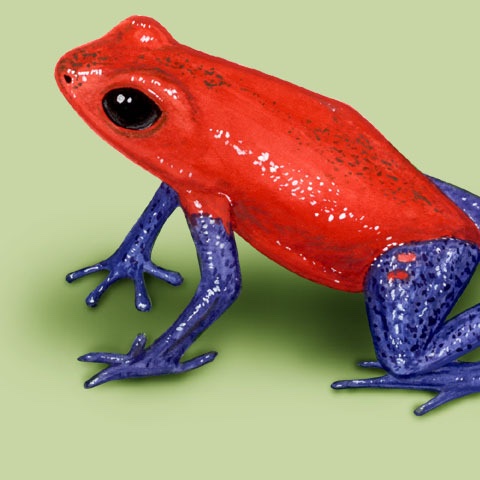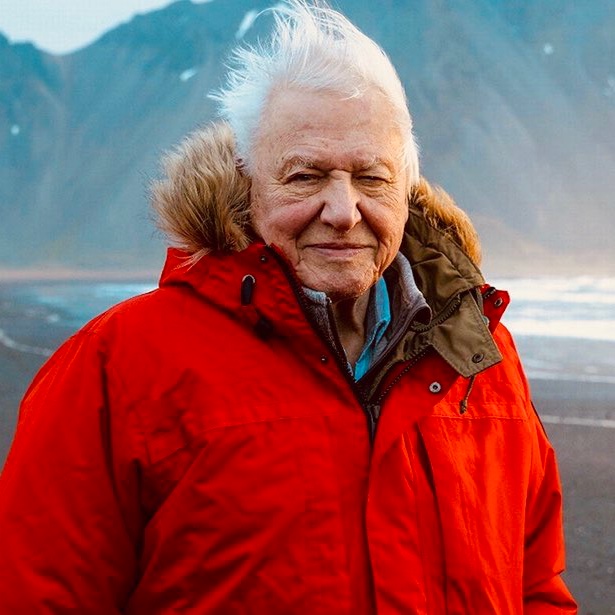As part of the ASA's goal in providing our partners with access to the latest scientific guidance to inform amphibian conservation planning and action, we would like to direct your attention to the newly renamed Halliday Conservation Library: bit.ly/2QlhU1b
The reference lists have been compiled by Prof. Phil Bishop @AmphibianPhil (Chief Scientist at @amphibiansorg and Co-chair of the @ASG_IUCN) and Steven Evans at @otago, New Zealand, in the same spirit as Prof. Tim Halliday’s previous amphibian conservation lists.
This is a joint project funded by the ASG, the ASA and the Univ. of Otago. The lists contain as many papers as could be found, with links to the abstracts and publications, but if you find any that have been missed or have any questions, please contact: bit.ly/3d0DqC4
We are confident that this will be a valuable and useful resource for your efforts, and we encourage you to regularly check out the library for newly published research (updated monthly)!
• • •
Missing some Tweet in this thread? You can try to
force a refresh














